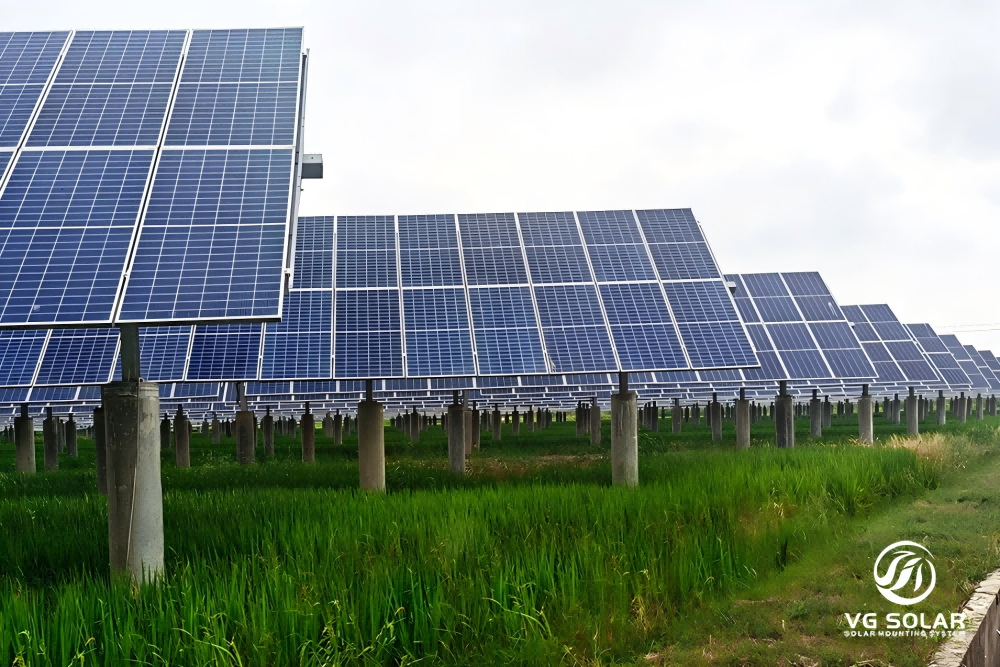In the ever-evolving landscape of renewable energy, photovoltaic power plants have become the cornerstone of sustainable power generation. As demand for clean energy continues to grow, there is an urgent need for innovative solutions that can improve the efficiency and management of these plants. One such advancement is the integration of intelligent systems that use robotics to clean and inspect photovoltaic tracking brackets fully and efficiently. This article explores how to build a comprehensive management system that covers the entire life cycle of a photovoltaic power plant, through intelligent collaboration and data interoperability. This ultimately improves power generation efficiency and reduces operating costs.
At the heart of this innovation are photovoltaic tracking mounts, which play a vital role in maximising the use of solar energy. These mounts adjust the angle of solar panels throughout the day to ensure they receive optimal sunlight exposure. However, dust, debris and environmental factors can severely affect the efficiency of these systems and their performance. This is where full-scene cleaning robots come in handy. Equipped with advanced sensors and artificial intelligence algorithms, these robots can navigate solar farms autonomously to accurately identify and clean panels. By keeping solar panels clean, cleaning robots help to ensure that photovoltaic tracking mounts operate at their most efficient level.
In addition, the system’s integrated inspection robots enhance photovoltaic power plant management. Designed to regularly inspect tracking brackets and related infrastructure, these robots can detect potential problems before they escalate into expensive repairs. Through intelligent collaboration, the robots can transmit this data to a centralised management system in real time. This data exchange mechanism enables the development of proactive maintenance plans, reduces downtime and ensures the smooth operation of the power plant.
The resulting intelligent management system covers the entire life cycle of a PV power plant. From installation and operation to maintenance and decommissioning, it provides a comprehensive approach to solar asset management. Leveraging the power of data analytics enables operators to gain insight into performance indicators, identify trends, and make informed decisions to enhance efficiency. This data-driven approach increases power generation and reduces operating costs, making solar energy a viable option for a wider range of applications.
As the PV industry continues to mature, the need for efficiency improvements is paramount. The combination of PV tracking racks and smart cleaning and inspection robots is a significant step towards achieving this goal. Automating routine tasks and using data to make informed decisions enables plant operators to focus on strategic initiatives that promote growth and sustainability.
In summary, integrating intelligent collaboration and data interoperability into photovoltaic tracking systems is transforming the management of solar power plants. Deploying full-scene cleaning and inspection robots improves power generation efficiency and reduces maintenance and downtime costs. As the industry embraces these technological advances, the future of photovoltaic energy is brighter than ever before, paving the way for a more sustainable and efficient energy landscape. These innovations are not just incremental; they represent a fundamental shift in how we use and manage solar energy, benefiting future generations.
Post time: Jun-19-2025


